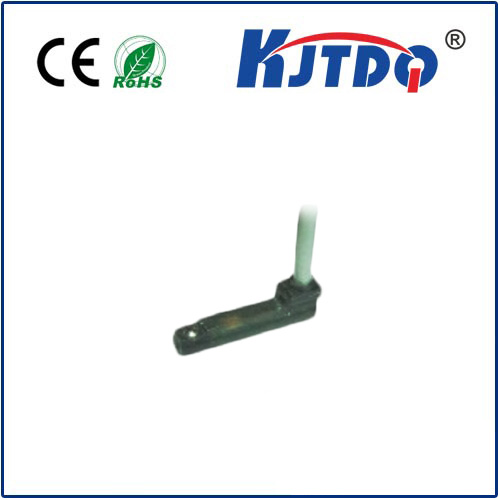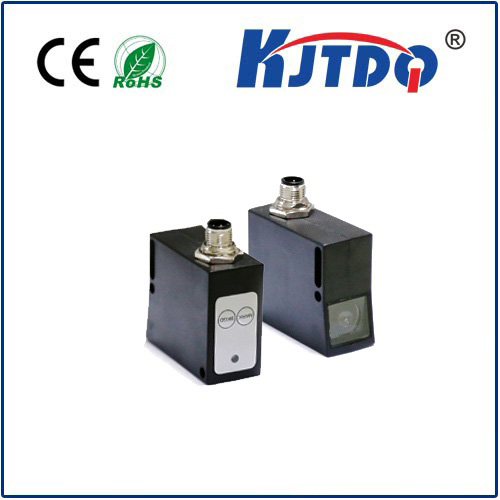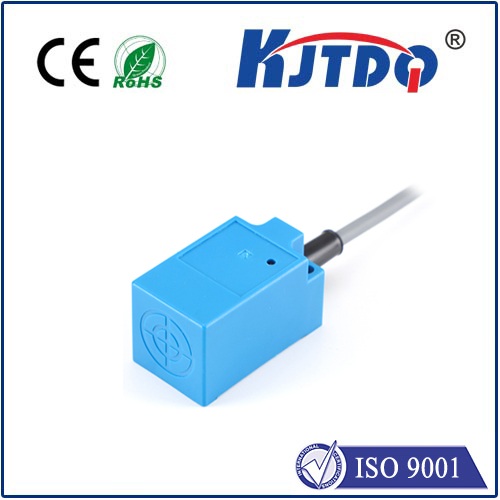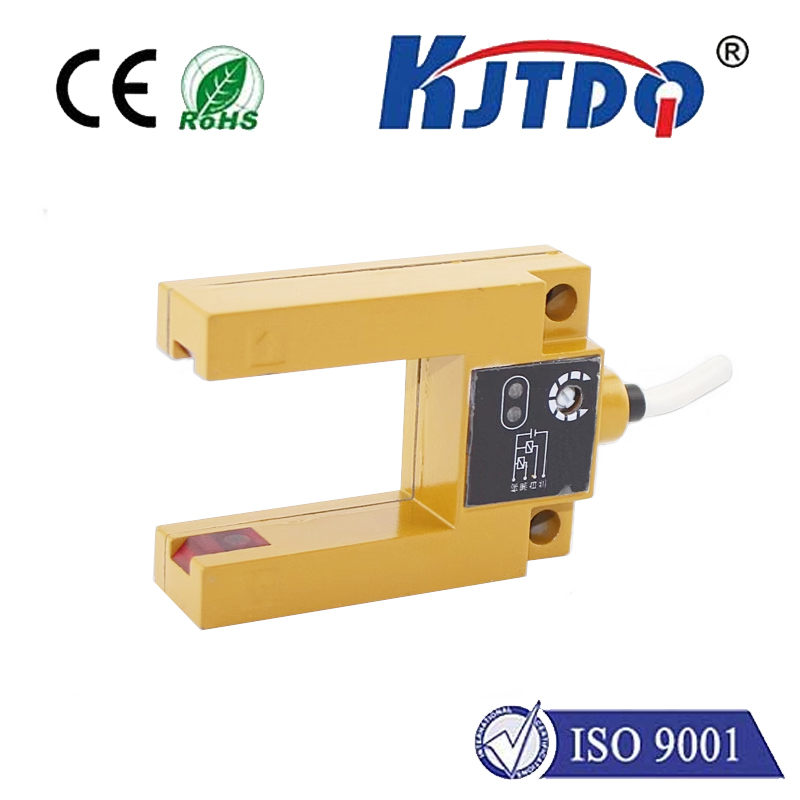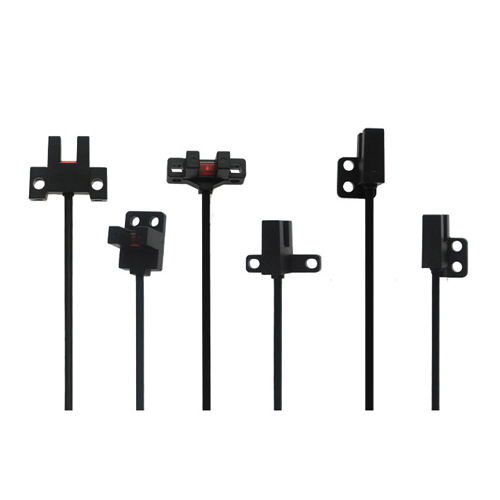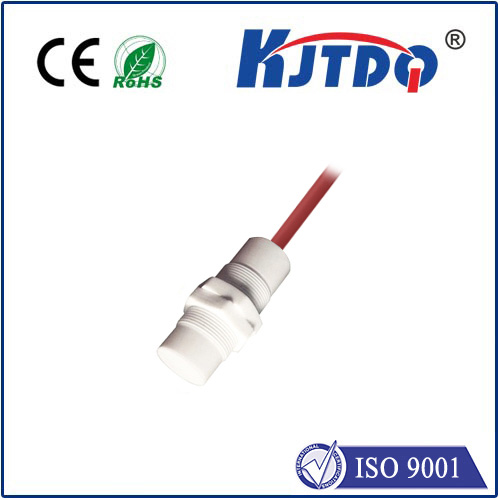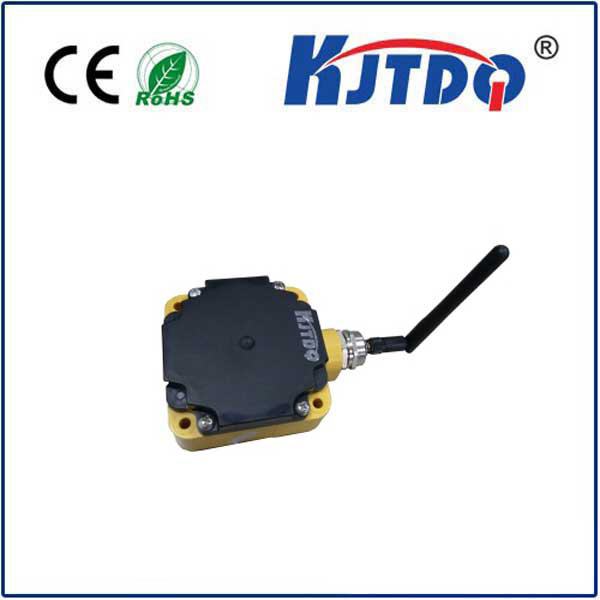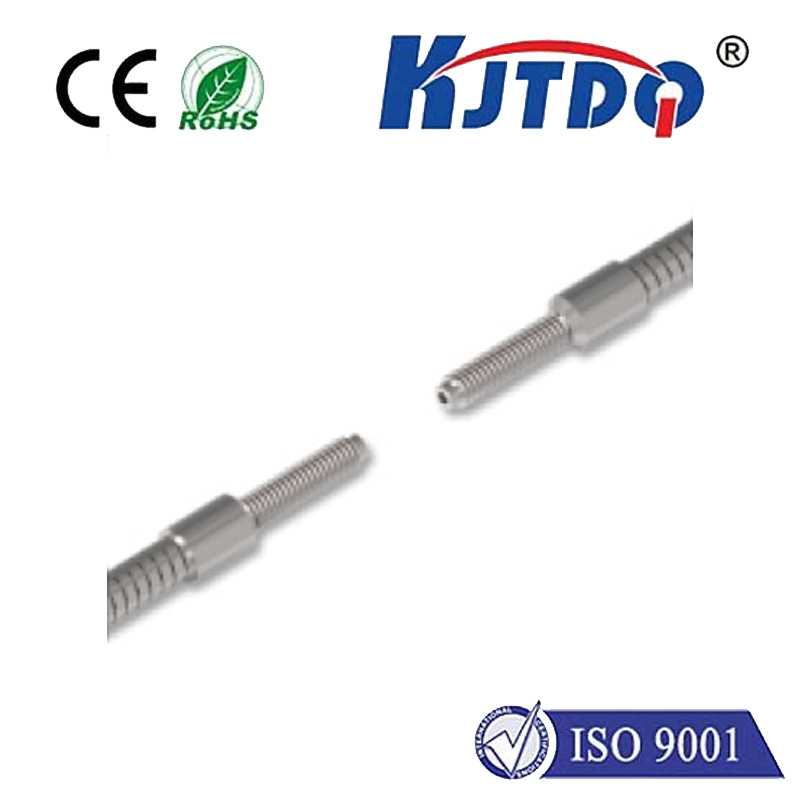

check

check

check

check

check

check

check

check

check

check
The double pole limit switch is a critical component in many industrial applications, particularly in machinery that requires precise positioning and control. In this article, we will delve into the function, types, and applications of this essential device, helping you better understand its role in various industries.
The Basic Function of a Double Pole Limit Switch
A double pole limit switch is an electrical switch designed to detect the presence or absence of an object within its sensing range. Unlike traditional limit switches with single pole contacts, a double pole switch features two sets of contacts, allowing it to control higher current levels and provide more complex functionality. It typically operates by physical contact, such as a lever or roller acting upon an actuator, which then opens or closes the switch's contacts.
Types of Double Pole Limit Switches
There are several types of double pole limit switches available on the market, each tailored for specific applications:

1. Mechanical Double Pole Limit Switches: These are the most common type, utilizing a mechanical arm or plunger to activate the switch when an object reaches a predetermined position.
2. Proximity Double Pole Limit Switches: Instead of mechanical contact, these switches use magnetic, capacitive, or ultrasonic sensors to detect objects without touching them, making them suitable for environments where contact could damage the object or the switch.
3. Radio Frequency Identification (RFID) Double Pole Limit Switches: These employ RFID technology to identify and track objects equipped with tags, providing non-contact sensing capabilities ideal for tracking systems.
Applications of Double Pole Limit Switches
Double pole limit switches find extensive use across various sectors due to their reliability and ability to handle higher currents:
1. Manufacturing Industry: They are used in conveyor systems, machine tools, and assembly lines to ensure accurate stopping points and product positioning.
2. Automation Systems: In robotics and automated machinery, double pole limit switches serve as safety devices or endpoint detectors, ensuring machines do not exceed safe operating limits.
3. Construction Equipment: In heavy machinery like cranes and elevators, limit switches prevent overtravel and help maintain structural integrity by stopping movements at certain points.
4. Security Systems: For access control in security doors or barriers, double pole limit switches can confirm proper closure before enabling lock mechanisms.
Conclusion
The double pole limit switch is an essential part of modern industrial equipment, offering enhanced control and reliability over single pole switches. Its ability to handle higher currents and provide dual-contact functionality makes it a versatile solution across various applications. Understanding its basic principles and diverse types can help in choosing the right switch for your specific requirements, ensuring efficient operation and increased safety in machinery operations.
